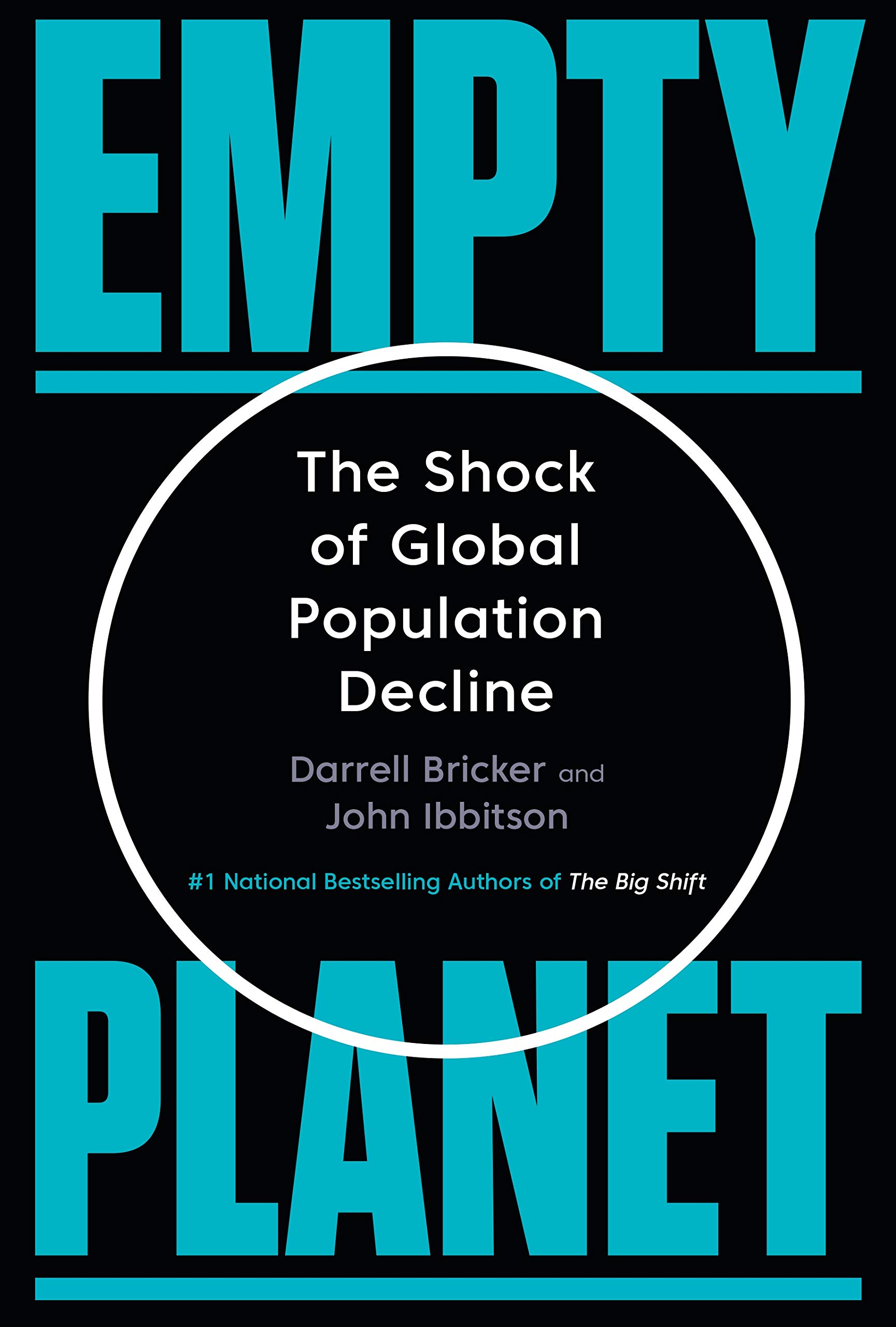Empty Rhetoric
- Post by: Anne R. Morse
- June 7, 2019
Empty Planet: The Shock of Global Population Decline Darrell Bricker & John IbbitsonPenguin Random House, 2019; 304 pages, $14.76 The most dangerous lies are half-truths. Empty Planet was written by journalists Darrell Bricker and John Ibbitson. As journalists, these men write engagingly about the state of the global population and its future. They get a lot of the trends and narrative correct. Unfortunately—and dangerously—they also get a lot wrong. Empty Planet is accurate in several of its assertions. The global demography is changing rapidly and the old narratives about population have aged poorly. The 20th century was unique in the history of humanity, and the 21st is shaping up to be just as unique. The demographic transition—the move from high fertility and high mortality to low fertility and low mortality—emerged in the 1700s but really picked up speed in the 20th century and spread to every population on earth. For the first time in human history, decreases in infant and child mortality made dramatic and sustained progress, declining from several hundred deaths per thousand children to tens per thousand. As a result, life expectancy (the sum of age-specific mortality rates) skyrocketed, rising from 20-30 years to 40, 50, even 60 years over the course of a generation. During this period, the population grew rapidly. Some even said it exploded, but fertility also began to decline and so, too, did population growth rates. The demographic transition is not a Western phenomenon, nor is it something that happened to “us” but not to “them.” Mortality has declined in every population on earth. With the exception of one country (Niger), fertility has also declined everywhere. Half of the world lives in a population with below-replacement fertility. Even in populations with above-replacement levels, fertility is lower than it was a century earlier. This change, however, did not occur uniformly. Populations have varied
Categories:

